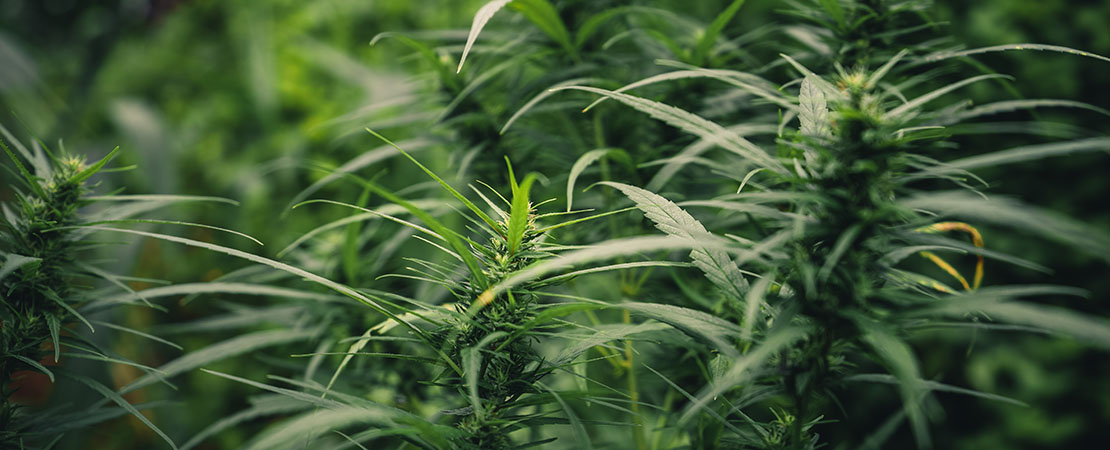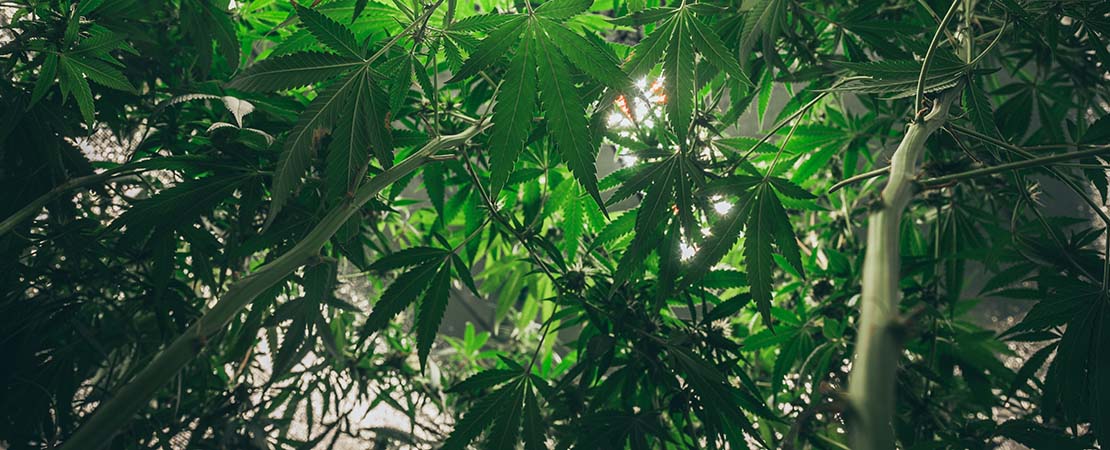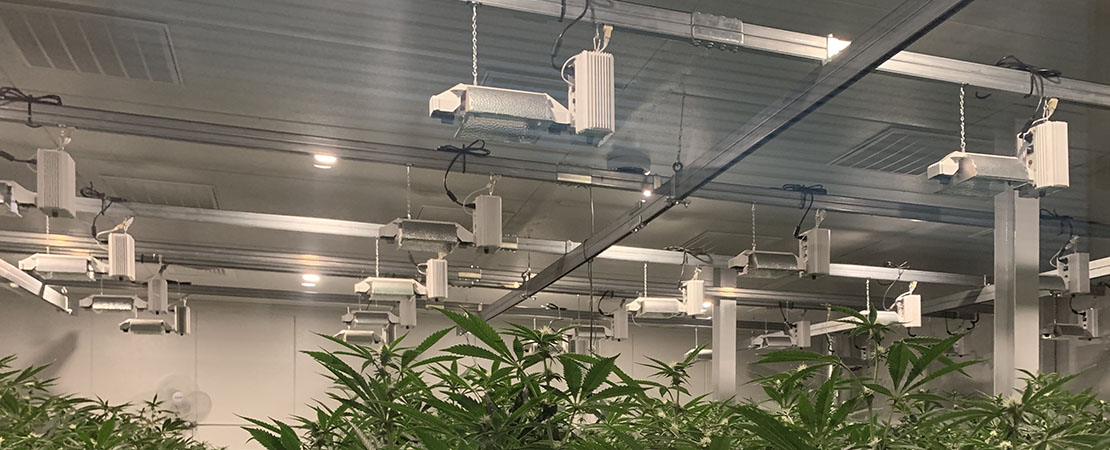6 Top Factors To Consider When Scaling Your Vertical Growing Cannabis Operation
Scaling an enterprise in the vertical growing cannabis sector can be challenging, but that doesn’t mean entrepreneurs shouldn’t explore it. While starting and sustaining a cannabis business requires a significant amount of time and effort, scaling a cannabis cultivation facility is an entirely different experience that requires not only capital, but also intellect, strategy, and tenacity.
What Do We Mean by Scaling Your Vertical Growing Cannabis Operation?
Before you can scale your vertical growing operation, it’s important to understand the difference between growing an operation and scaling an operation.
Spend journal describes the growth in a company as when a business or operation adds new resources which result in revenue increases.
Scaling, however, is when revenue increases without a substantial increase in resources. For example, sending an email to a group of ten or ten thousand requires a similar effort when utilizing email marketing software.
Notably, in both processes, there’s an investment in new resources (like capital, employees, and tech). However, the goal is to reduce production costs as much as possible to enhance income without sacrificing output or product quality.
Key Challenges In Scaling A Company
• Capital
Deciding to expand your indoor operation means an investment in equipment, real estate, technology, and skilled labor, which are all costly.
• Increased Demand In Skilled Labor
As you advance from a mid-sized operation to a full-on commercial enterprise, you need to be knowledgeable in various disciplines of indoor cultivation.
You need to be acquainted with municipal regulations, ventilation systems, lighting, vertical growing systems, and cultivation techniques. You’ll need to grasp every aspect of these indoor farming fundamentals. This could create a knowledge and skills gap that needs to be filled with training or hiring new employees.
• Lack Of Standards
Because the cannabis sector is quite new, there are no established industry standards or best practices, which puts entrepreneurs at a disadvantage. Indoor growers must rely on standards like ASHRAE, which are designed for human habitation. As a result, cannabis growers are forced to rely on design work based on guesswork and ideas borrowed from other industries.
• Misapplication Of Traditional Equipment
Horizontal farms can work effectively in small enterprises, but vertical farming systems become more cost-effective when expanding into a warehouse. If you already have a warehouse and want to scale yields, vertical grow racks can help you enhance output for a given area by leveraging overhead space. You should also upgrade your environment control equipment like HVAC systems and low heat emitting grow lights like LEDs.
• You Need A Scalable Process
Many internal procedures may not be structured to accommodate the expansion as you strive to scale. You’ll need contingencies for problems you may encounter during the scaling process, so you’ll need to develop a strategy that will last and propel you through the process.
Here are some factors to think about when you scale your cannabis business for increased yields and profits.
Six Factors To Consider When Scaling Your Vertical Growing Cannabis Operation
1. Does Your Company Have the Capital to Scale?
Increased operation costs, such as utility bills, new labor costs, and equipment expenditures, are incurred during expansion.
Cannabis production appears to be a profitable business in the grand scheme of things, but it is not without its obstacles, particularly when it comes to legalization. Companies must pay a lot of money for permits, with some jurisdictions requiring a deposit of $100,000 before beginning a commercial operation.
There’s also the history of cannabis as an illicit narcotic, making it difficult to enter into a new market, such as a state that has recently legalized medical cannabis sale. There is a need to have some cash on hand to keep the business afloat throughout the unprofitable months of the launch.
2. Do I have The appropriate Space To Scale My Vertical Growing Operation?
The alternative to acquiring more real estate is to maximize the available space that you have vertically using a vertical grow racking system.
Vertical farming is planting crops in vertically stacked shelving to increase the output per square foot.
This decision demands relatively inexpensive capital investment in vertical grow racks or mobile carriages, which will provide mobility while also saving space.
When compared to horizontal farms, vertical grow racks allow you to stock plants on multiple tiers, increasing canopy cover per square foot by two to three times.
In vertical farming, it’s recommended to plant short cannabis varieties or shorten the vegetative stage to reduce the size of shoots. This strategy results in a manufacturing setup that fosters faster processing of crops, thus resulting in higher yields every season.
One downside of a vertical grow system is you may need to grow short cannabis plants and deal with the development of microclimates.
3. How Can I Avoid Microclimates In My Grow?
Microclimates are miniature ecosystems formed by plants in an indoor vertical system mainly due to poor airflow. Farmers use vertical farming methods to maximize available grow space by increasing canopy cover across different levels, making effective ventilation difficult.
The formation of microclimates in particular sections of your shelving exposes your crops to unfavorable conditions for plant growth which in turn can damage them.
Growing cannabis in tiered facilities has become much easier thanks to the introduction of sophisticated HVAC systems and cool-running LED grow lights. However, the proximity of plants to your grow lights generates airflow blockages, which is a problem. With each tier added, the proximity also increases transpiration, leading to high humidity and the creation of microclimates.
The solution to dealing with microclimates includes installing test points that help identify vulnerable spots. In addition, use environmental monitoring software connected to your HVACs to moderate conditions since it detects fluctuations in temperature and humidity and adjusts your HVAC settings accordingly.
Also, simply taking a walk in your grow room helps you identify areas with a dip in temperature. These dips in temperature can be remedied by placing fans in those areas.
4. How Will I Be Able To Access Those Crops On Higher Elevations Safely?
When you decide to use tier system farming to scale your operations, your workers may have difficulty securely reaching those crops located on higher elevations.
MMI Agriculture’s retractable mezzanine walkway is a vertical system solution designed to improve worker safety and convenience while working on higher elevations.
It’s an ingenious solution that can be installed at any height and accessed through the front aisle via ladders or scissor lifts. It is made of fiberglass and resin composite and is designed to handle heavy traffic while keeping your workers safe.
Moreover, the anti-tip systems fitted on our mobile carriages ensure worker safety while tending plants on shelving or preventing them from falling over in the event of seismic activity.
5. Will There Be Enough Demand For My Scaled Operation To Be Profitable?
Enterprises established in states where medical marijuana is legalized are likely to have a better bottom line.
Furthermore, as the cannabis leisure industry expands, sales are expected to improve. However, when the potential of a cannabis business is realized by more and more of the population with sales expected to soar, competition will become more intense as more people compete for licenses and space.
Cannabis businesses looking to scale need to focus on ensuring quality and consistency in their products. Mislabeling is a huge issue with cannabis products. Using improved cultivation methods like cloning will provide the uniqueness, and consistency consumers seek.
Transforming your company to be a vertically integrated cannabis operation that includes cultivation, manufacturing, and retail can help you command higher prices by cutting out the middleman.
6. Will I Have Enough Employees To Appropriately And Efficiently Care For My Increase In Crops?
Even though scaling is all about cutting expenses, it doesn’t mean you should stop hunting for qualified employees. They could be crucial in helping you increase your operational efficiency; as the saying goes, “a team is what grows a business.”
Cannabis software can assist smooth out operations by automating them. Cannabis software, such as seed-to-sale, ERP, and POS, can help streamline processes from cultivation to sale.
Moreover, with AI and machine learning development, cultivation on mobile vertical growing systems is more profitable. Because of the vertical systems, there is already a greater canopy, which is being perfected using machine learning technologies that constantly monitor crop behavior to increase quality and yields.
Check out our post “4 Top Vertical Farming Trends and Solutions for 2021,” in which we discuss the importance of automation in enhancing indoor cannabis growing.
Scale Your Vertical Growing Cannabis Operation Fast With Reliable Vertical Farming Systems
Scaling a cannabis business isn’t easy, but with the appropriate tools and strategies in place, you can get your business to where you want it to be.
MMI Agriculture assists businesses in scaling by delivering high-density vertical farming systems. We give our clients a peace of mind knowing that we have professionals ready to help with all aspects of scaling your operation, from a team of drafters who can design the layouts, to our nationwide install team who can install the system and ensure all is working and running smoothly.
Moreover, we back our service and equipment with a 10-year warranty as insurance on the posterity of your investment.
Let’s talk about how we can help you scale your grow operation today.





































